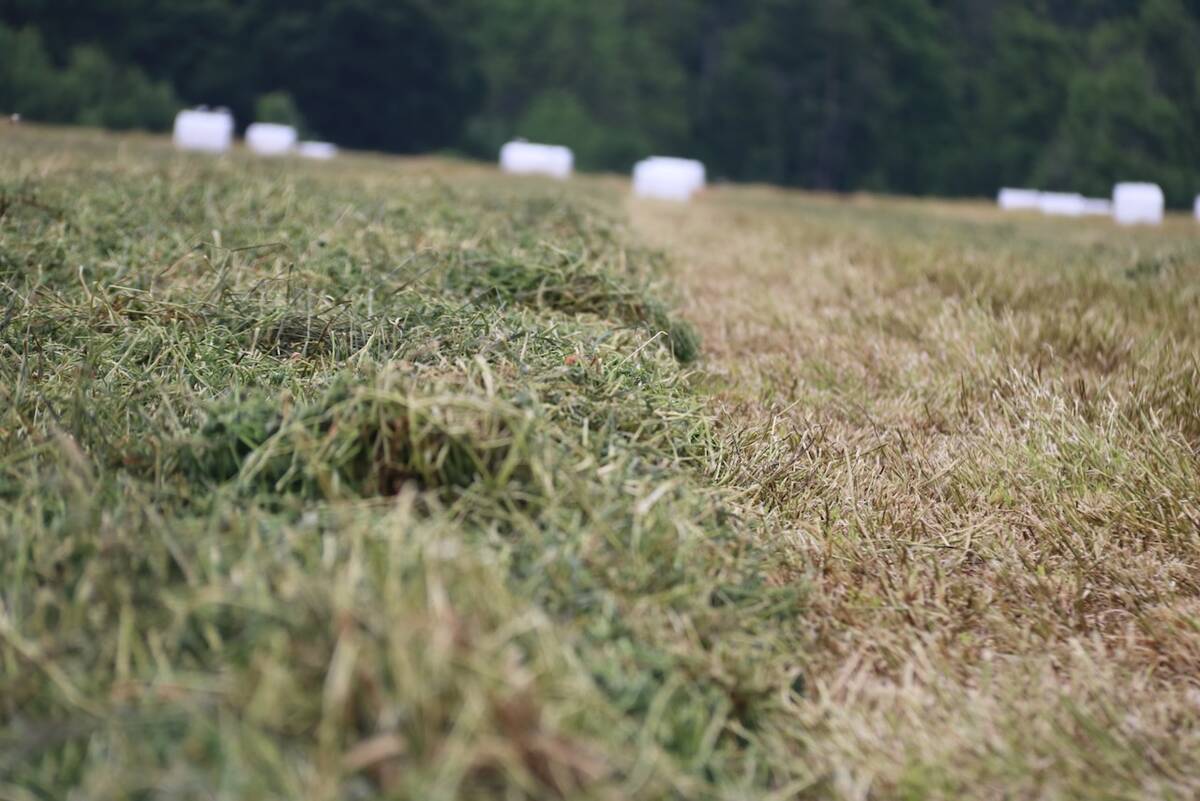There is nothing wrong with the three fertilizer components used to make TAPPS, but three western Canadian soil scientists say they would like to see some independent research to support claims that TAPPS is better than conventional applications of nitrogen, phosphorus and sulphur.
Cynthia Grant with Agriculture and Agri-Food Canada at Brandon, Man., Don Flaten with the University of Manitoba at Winnipeg and Ross McKenzie with Alberta Agriculture at Lethbridge, say they had never heard of TAPPS (a formulation of tri-ammonium poly phosphate sulphate), described by a U.S. company as a much more plant-available form of nutrients for a crop. The company claims the TAPPS concept means less fertilizer could be applied to maintain or increase yields. But all soil scientists had serious doubts whether using an injection system to combine anhydrous ammonia and liquid phosphorus and sulphate to make the TAPPS fertilizer would make a dramatic or any difference on nutrient uptake and crop yields.
Read Also

New high-performance forage training program to launch in 2026
A new Canadian Forage and Grasslands Asssociation high-performance forage program will be a resource for farmers, agronomists and others in the forage sector.
SKEPTICISM
“It sounds a little silly to me” says Grant. “There is nothing wrong with the three products which are used in this process — they are all excellent products. But how this particular combination of products applied in this fashion would make any difference doesn’t make a lot of sense. I guess my reaction is if this fertilizer combination works, then show me the data. Show me good independent, third-party research and then I can judge for myself.”
Flaten says the benefits of combining the three products does have some theoretical merit, but he says there is no research to his knowledge that this three-way combination produces any improvement in crop yield.
McKenzie also says he wants to see independent research.
TAPPS itself is not a single product you can buy. But a Spokane, Washington-based company is marketing equipment that can be used to produce TAPPS in the field. Exactrix Global Systems, owned by Guy Swanson, has manufactured and marketed the technology for over 10 years. The Exactrix system applys anhydrous ammonia a consistent high pressure, keeping the NH3 in a liquid form through the whole distribution system so it can be injected into the soil in liquid form. Swanson says if the pressure drops the NH3 can convert to a gas and sometimes freeze the knife banding it into the soil, causing soil to ball up and inconsistent application of the anhydrous ammonia.
Along with that he has also developed the TAPPS formulator, which is separate technology that also injects liquid phosphorus and sulphur at the same time. When the three products combine, or “collide” in the band they create this distinctive TAPPS formulation, which Swanson says is a much more, plant-available combination of nutrients. Because TAPPS is very stable, little or none of the nutrients are lost through leaching or to the atmosphere. And being much more plant-available, nutrient uptake is improved along with crop yields. At a recommended fertilizer rate, there is potential for yields to increase because more nutrients are available, or a producer could reduce fertilizer rates and maintain yield, says Swanson.
NO INDEPEN DENT RESEAR
CH
It is an appealing scenario, but one which Canadian soil scientists say lacks independent research to verify. Swanson has his own research and numerous farmer testimonials on the Exactrix website. Washington State University soil scientist Richard Koenig says he is familiar with the Exactrix technology and the TAPPS formulation, but hasn’t tested it himself and knew of no other independent researchers who had evaluated the equipment. He did say the chemical reaction that occurs when the three compounds combine in the soil could make them more stable.
The concept of combining different nutrients in a soil band has been studied for decades says Flaten, who wrote his Ph D thesis on “The effect of urea on the solubility and plant uptake of monoammonium phosphate” in 1989. He says Canadian research from the 1930s on through the ’80s and ’90s has repeatedly shown that the inclusion of ammonium (nitrogen) with phosphate can improve the uptake of phosphate fertilizer. The major benefit of this was improved crop root development.
The downside of this, depending on rates, is that the ammonium can create a type of shield around the phosphorous. It may take several weeks for the ammonium concentration to dissipate before the crop can access the phosphorus. Other work at the University of Manitoba showed adding sulphate with phosphorus had some benefit for phosphorus uptake, as the sulphate ties up some of the calcium in the soil, making phosphorus more readily available to the plant.
“Where all these concepts have struggled is to demonstrate a meaningful yield benefit in field crops under field conditions,” says Flaten. “There is little data I know of in Western Canada that demonstrates any significant yield advantage despite the theoretical benefits and laboratory observations.”
McKenzie says without seeing any research it sounds like TAPPS is just a fancy name for three fertility products that can be applied by producers in the granular form without any specialized equipment.
“Urea applied in warm moist soil converts to the ammonium form within a few days, ammonium phosphate provides the phosphate and ammonium sulfate applied in the granular form gives you the sulphate,” says McKenzie. “If you band those three together you get the same thing.”
McKenzie says personally he does not recommend farmers put all nitrogen and phosphorous in the same band, because as crop roots develop they will find the nitrogen, but won’t be able to easily access the phosphorus.
“I have always strongly recommended farmers side-band the nitrogen and seed-place phosphorus for optimum uptake efficiency,” he says. “Personally, (TAPPS) might be a nice theory, but I don’t buy it and… there is nothing wrong with the products being used, but I just don’t see where there is any benefit in this process, but I would be happy to test the concept if they made the equipment available.
LeeHartisafieldeditorforGrainewsat Calgary.Contacthimat403-592-1964orby emailat [email protected]















